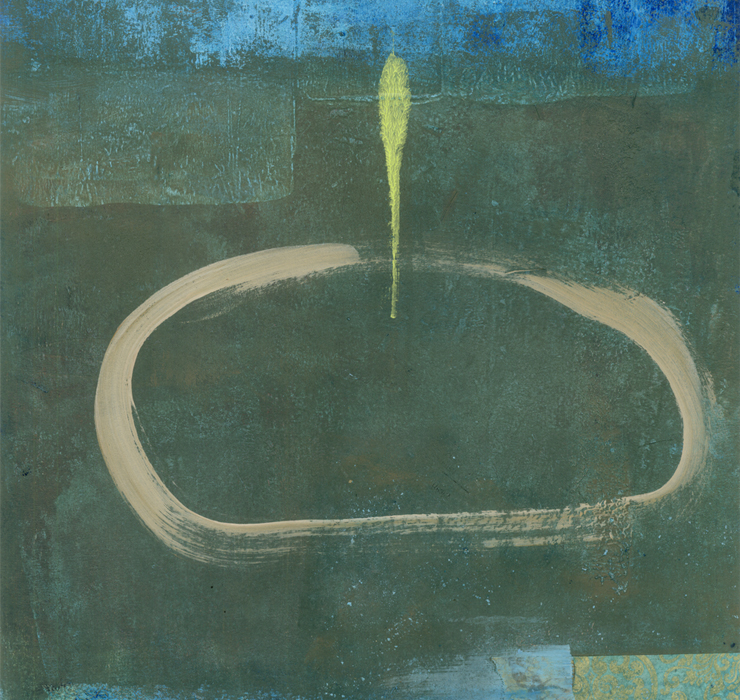What is Acupuncture?
The Balance of Yin and Yang
Acupuncture is the insertion of very fine needles on the body's surface, in order to influence physiological functioning. It is the main therapy used by Oriental Medicine Physicians to restore balance.
Proper function of the body depends on the natural flow of energy called Qi, though a network of channels or meridians, which connect every organ system and every part of the body.
Acupuncture points are distributed throughout the body where the practitioner inserts the needles to produce a physiological effect aiming to restore the even flow of Qi, thus restoring balance and wellness in the body and mind.
From a Traditional Oriental Medicine Perspective, acupuncture points are interconnected by a network of "meridians." There are 12 organ systems, six "Yin" and six "yang", each with its corresponding meridian, paired together. Each organ system is in charge of regulating specific functions in the body, at times somewhat similar to the western function: for example, the Liver organ system is in charge of regulating the smooth flow of Qi; when disrupted, Liver Qi stagnates and can, over a period of time, influence blood pressure levels.
Acupuncture therapy usually involves a series of weekly or biweekly treatments in an outpatient setting; the length of the treatment depends on the patient’s constitution, severity of the complaint or injury and the degree which it has compromised the patient’s functionality.
Although each acupuncture practitioner has his or her own unique style, each visit typically includes an exam, an assessment of your current condition, the insertion of needles, and a discussion about self-care tips. An acupuncture visit generally lasts about 40-60 minutes.


